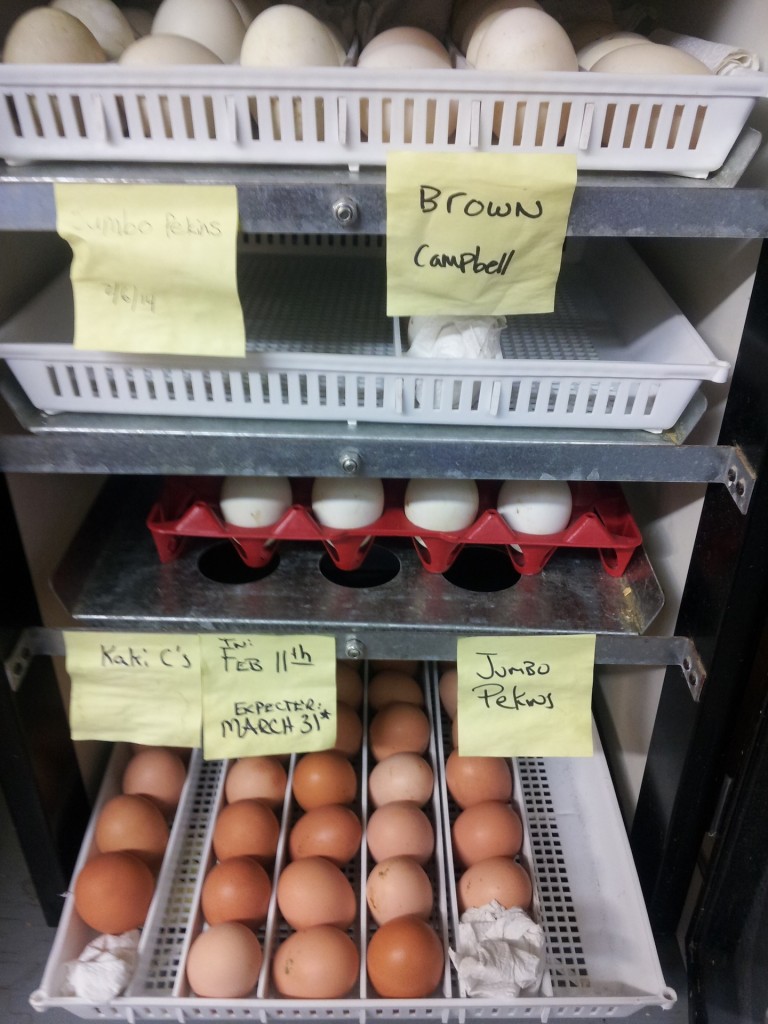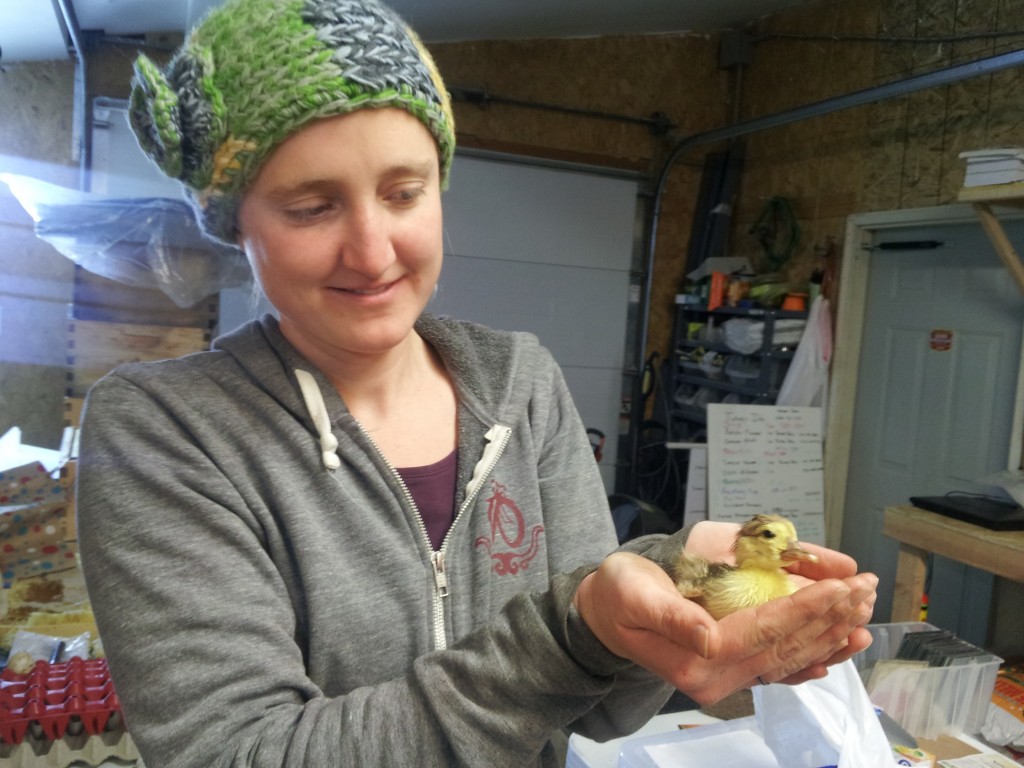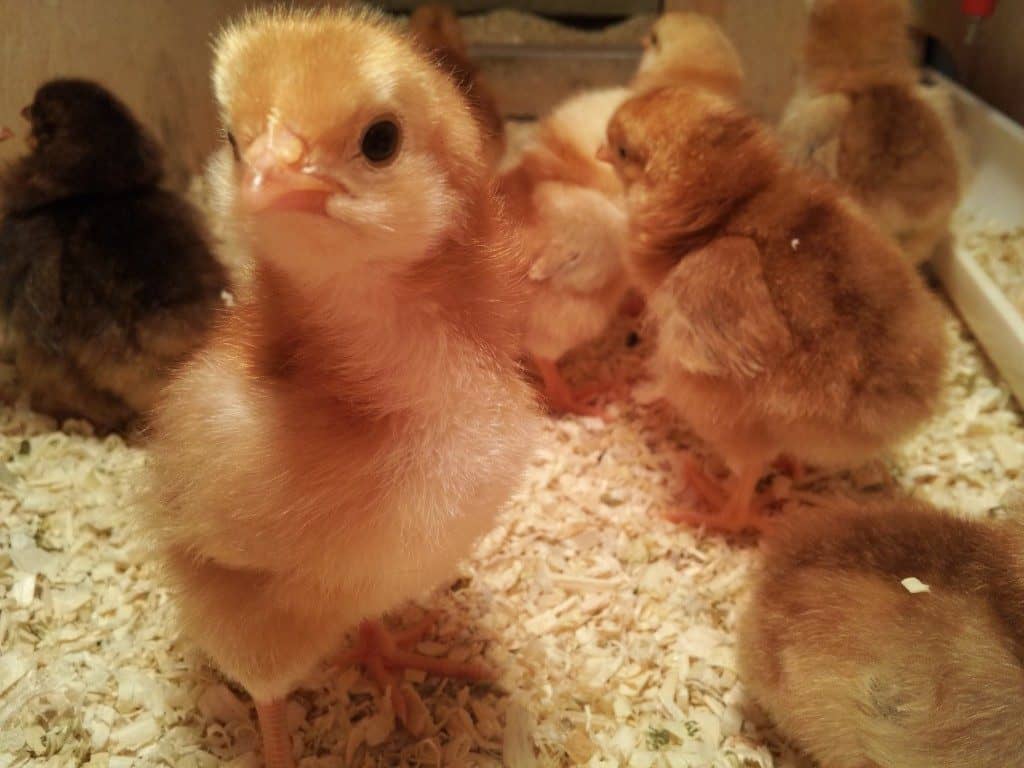They’re so darn cute—those tiny, fragile, yellow and brown fluff balls of adorable goodness. The cheeps from the baby chicks and ducks remind us that spring is here. But their journey started long before their eggs began to crack.
Reasons for hatching your own birds can vary. You may want to establish a strong and healthy flock, save money (a necessity when your older layers begin to decrease output), or simply witness the joy of Mother Nature at work when a pecking beak emerges into the world. Whatever your reason, consider first what you’ll need. Hatching your own birds requires a male to fertilize the eggs, incubation at the right temperature and humidity, and an egg turner—not to mention time and patience.
From incubation to hatching, chickens take 21 days, ducks 45 days, and turkeys 40 days. The temperature should range from 99.7 to 103 degrees with 40 to 50 percent humidity during the first three-quarters of incubation time. For the last 5 to 10 days, the humidity will need to rise to 60 to 70 percent. This increase is to ensure the inner casing stays moist so it will be easier for the baby to peck through. Without the increased humidity, you’ll have unhatched eggs and chicks that will die in the shell. To ensure the embryo doesn’t settle on one side, the eggs need to be rotated at least two times per day during the first three-quarters of incubation. After three-quarters rotation, the eggs need to be safely settled in the bottom of the incubator with the pointy end down. The large end of the egg encases an air sac for the baby chick’s first breath. Without this breath, the chick could die inside the egg or be weak after hatching.

Here at Buttermilk Sky Farm, we incubate eggs from our own organically grown chickens. With this full-circle poultry program we control our breeding stock and create the best offspring. And we absolutely know that our poultry has been GMO- and inoculation-free for generations, allowing us to produce the purest meats and eggs possible for our family.



